The Social Intelligence Lab recently released its
2019 State of Social Intelligence Survey. The survey, which was compiled between February and April, aimed to uncover the truth behind current social data analysis practices, structures, challenges as well as opinions on the future of the social media intelligence industry.
Two hundred and sixty-seven social data analysis professionals from across the globe were surveyed and the results revealed some interesting insights. Ready to delve into them?
Social media is greatly misunderstood
“We have a real ‘lost in translation’ problem at the moment with social data,” says founder at Listen + Learn Research, Jeremy Hollow. “The potential is there to help senior stakeholders make better decisions, but this is too often frustrated by a failure to deliver clear insight.”
Social media and the digital revolution have certainly changed the way the world works and, as with any life-altering technology, it can be hard to adapt to it.
The survey showed that 80% of respondents agreed that social data provides unique insights that cannot be found elsewhere. However, 52% of respondents said that they have
no knowledge of how social data is used in their organisation.
Scary stuff!Clearly, there is a fundamental disconnect between what social media can offer and how it is understood.
52% of respondents have no knowledge of how social data is used in their organisation,
Overall, the study showed a pretty positive outlook for social intelligence with 57% of respondents saying that it has met or exceeded their expectations. Actionable insights and tracking the right metrics were highlighted as elements of vital importance to meeting expectations.
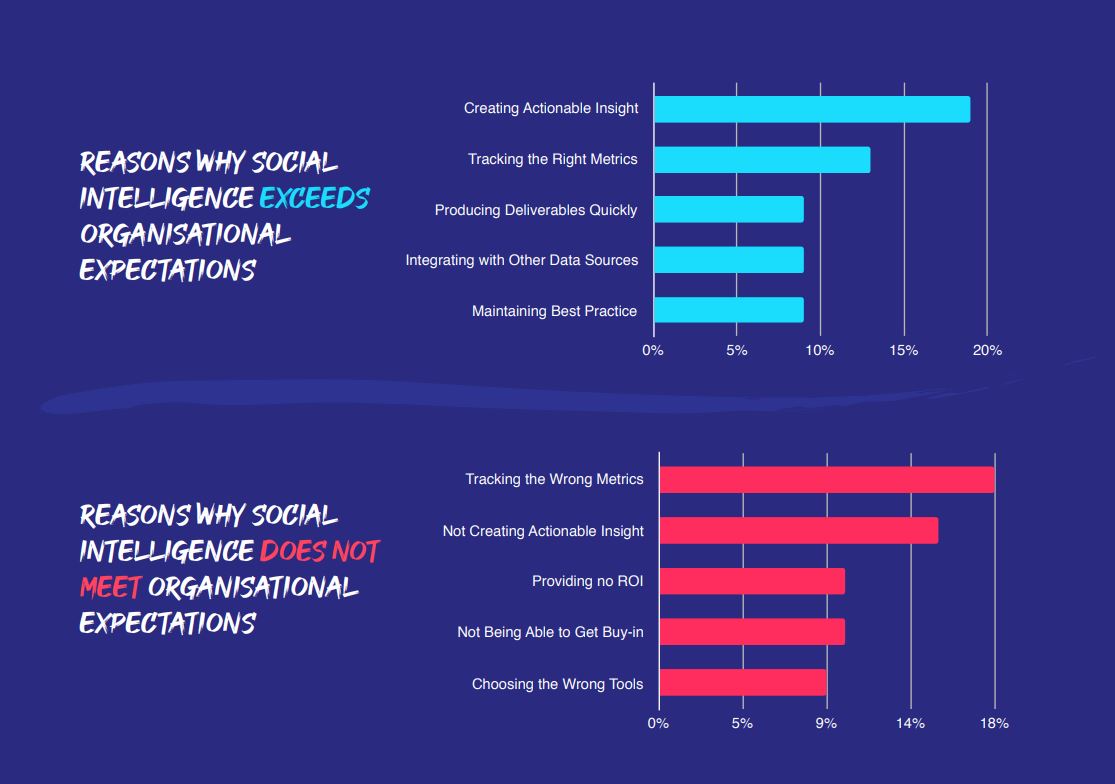
If you’re not quite sure how to make sense of your social media data, why not reach out to amaSocial? They can teach you how to get the most out of your information.
Social intelligence is on the rise
What is the secret to business success on social? Founder of Convosphere Jackie Cuyvers says that it all boils down to having
clearly defined business questions and using
social listening to answer them.
“As advanced as technology has gotten, [we] still need analysts who understand the business, technology and social conversations to deliver successful social intelligence.”
The study says that social intelligence spending is set to rise across various business areas. The areas with the highest spending intent are new data analysis technologies as well as in-house staff training.
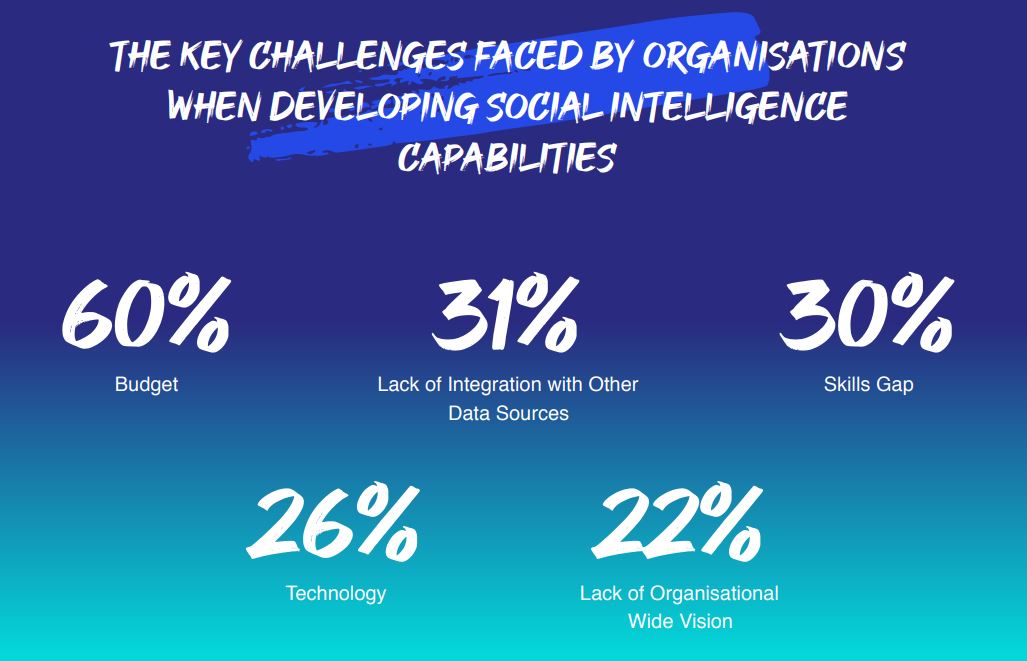
However, since there is so little knowledge about social media intelligence in businesses, securing the budget for these changes could prove difficult.
When developing their social intelligence capabilities, the study says that businesses are most likely to face issues, including:
- Budget
- Lack of integration with other data sources
- Skills gap
- Technology
- Lack of organisational wide vision
“While the challenges appear technical at first glance, it could be argued that having the right people in place could help to overcome the most critical challenges that organisations face,” the study says.
Businesses need to adapt
The study shows that, undoubtedly, the social intelligence movement is gaining momentum. Businesses will have no choice but to adapt in order to see success as social media plays a larger role in various business functions.
“The one thing that successful organisations have in common? They discovered that listening is not enough. They know that, to take action, social intelligence requires a blend of data, business and social science,” the study says.
Businesses will have to grow their knowledge of how social media works — and how social data can affect the organisation.
The study identified four elements that are critical to transforming social data into measurable business results — people, structure, process and technology.
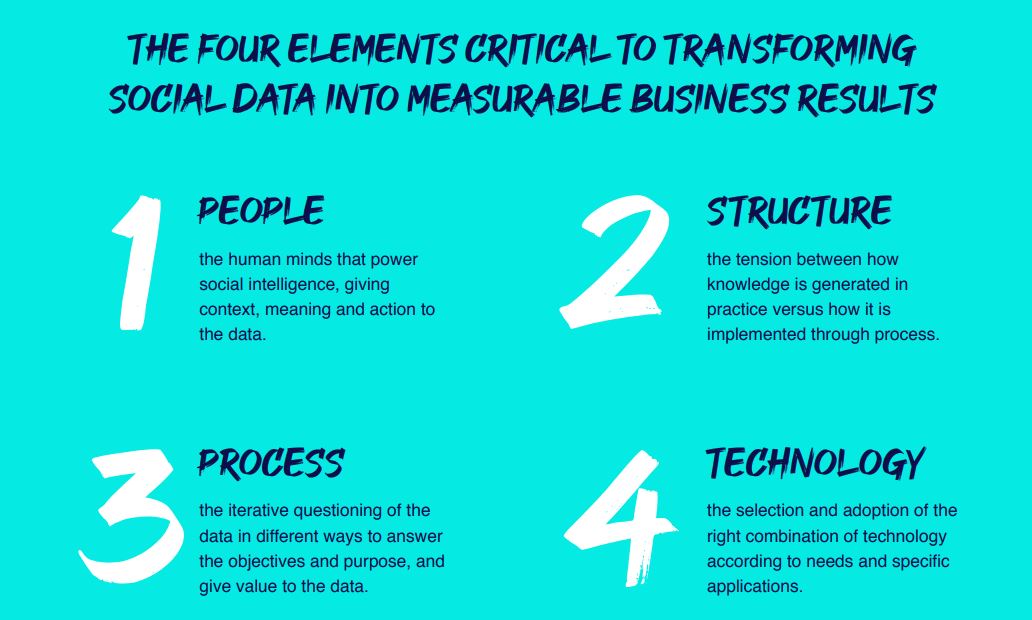
1. People
Social data is an abstraction of real life. And while social data analysis technologies can help to gather, sort and process online content and conversations, it can’t understand the context. We need content to understand the real meaning of the data — and
the numbers support that.
“Without human interpretation, social data is just a bunch of jumbled conversations. Human interpretation illuminates a deeper understanding of the ‘why’ behind online interactions — providing the context,” the study says.
Thus, people need to be at the heart of any organisation’s social intelligence initiatives because, without them, all you have is data.
The key to making social insights work for your business is
knowing how to interpret them. In a data-driven world, human interpretation is as important as ever.
Media analysis company Focal Points is well aware of this, making use of a combination of artificially-intelligent technology and human understanding in its reporting.
“The combination of AI and brain power has the potential to change the way that we obtain accurate data intelligence and deliver that information to organisations that need to constantly stay on top of what that data reveals about their business,” says team leader Anja Cavanaugh.
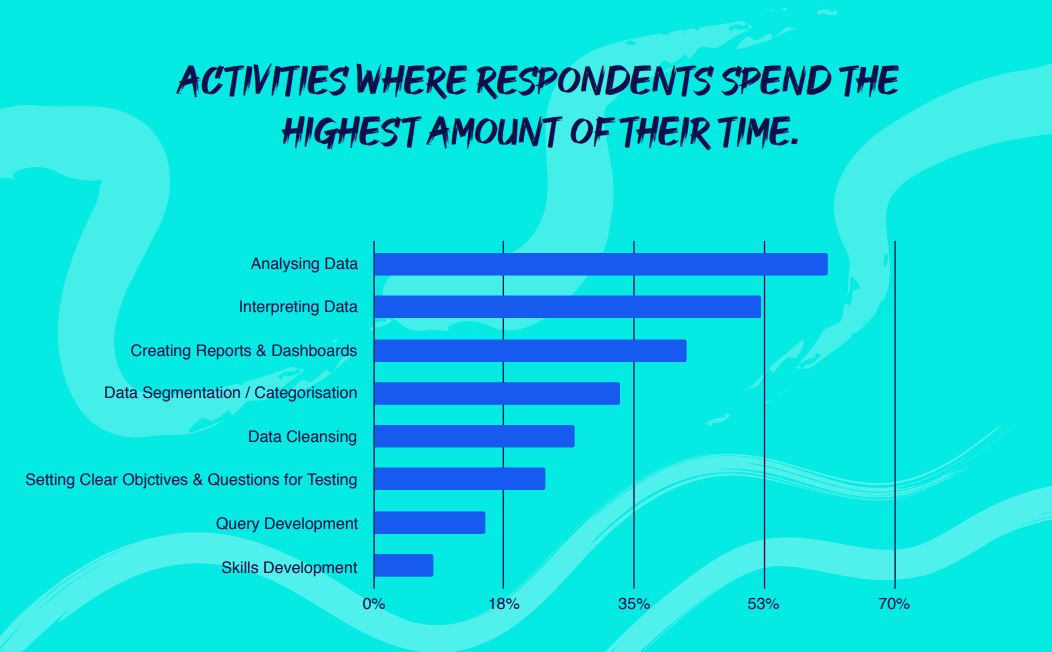
2. Structure
Since social media is such a big part of the digital world we live in, social intelligence comes with some pretty big expectations. It holds the key to protecting a brand’s reputation and creating exceptional customer experiences. But
how that data is applied is what really matters.
While many organisations have become really good at collecting social data, very few are able to put it into context and make sense of it.
The structure of the organisation plays a big role in whether or not social intelligence is used to its full potential. Who can access the data, how it integrates with other data sources, how it is applied and how insights flow through the organisation all affect the success of social intelligence.
According to the study,
52% of respondents said that they did not know if other departments use social data at all.
Business functions that operate in silos cannot effectively run social intelligence programmes. Communication and inter-departmental integration are key to seeing success with social intelligence.
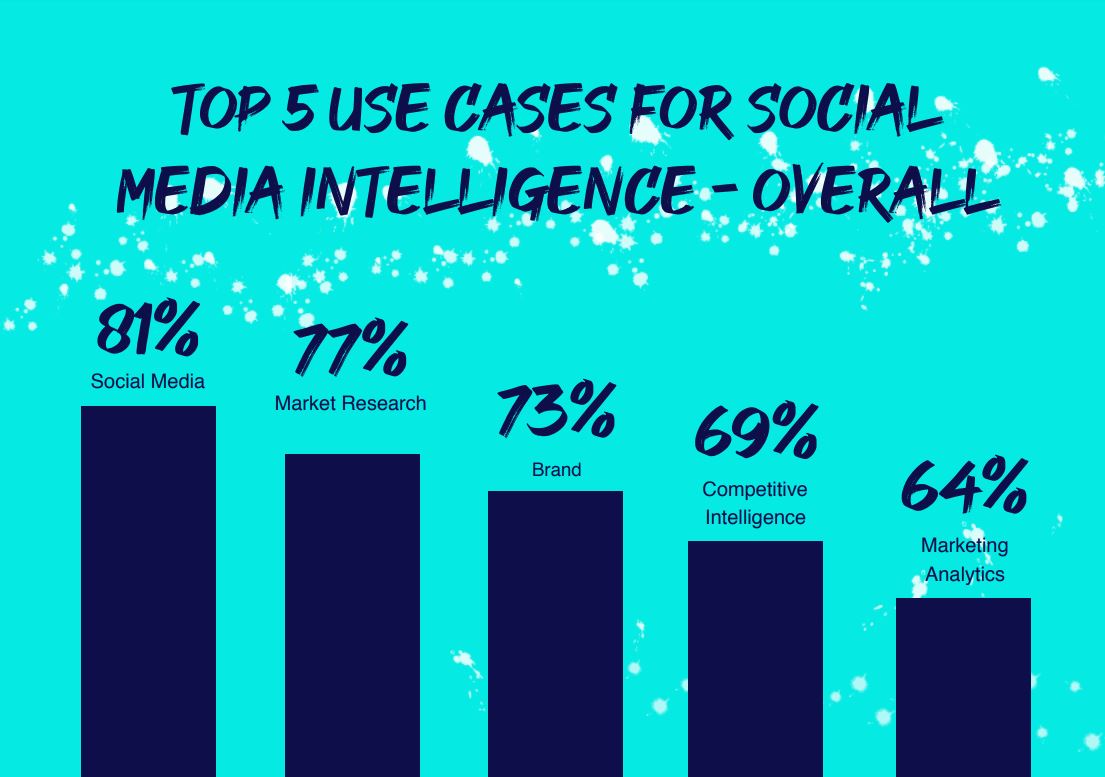
3. Process
More and more people are being encouraged to use social data to inform their strategies and inspire their thinking, but there is
so much data available. And extracting the insights from that data is no easy task.
“People want immediately usable insights with tightly written summaries of interesting findings. And they want to know how to use them,” the study says.
The problem with this is that the insights from social data do not all come from the same process — they all have their own objectives, purpose and value. And without a process, people don’t know what to do.
Before you can use social data to meet organisational objectives, you have to have a clear understanding of
how the insights will be used. Knowing what you want to achieve will help you identify the metrics you need to keep track of.

Once you know
what you want to achieve, you may still be overwhelmed by the sheer amount of data available. Not all of the data is poignant — and you need to be able to tell the difference between data that is valuable and data that is not.
4. Technology
Without technology, no social intelligence would be possible. Social data analysis is possible thanks to social listening and monitoring technologies.
According to the study, all respondents said that investing in the right social intelligence provider was a high priority, but only 19% felt that a single provider could offer all the capabilities needed. This year, 85% of organisations invested in more than one social data analysis solution.
Finding the right social intelligence provider — or
providers — is based on your organisation’s needs. Manually analysing data in-house is always an option, but when there is
a lot of data to analyse, sometimes it is best left to the professionals!
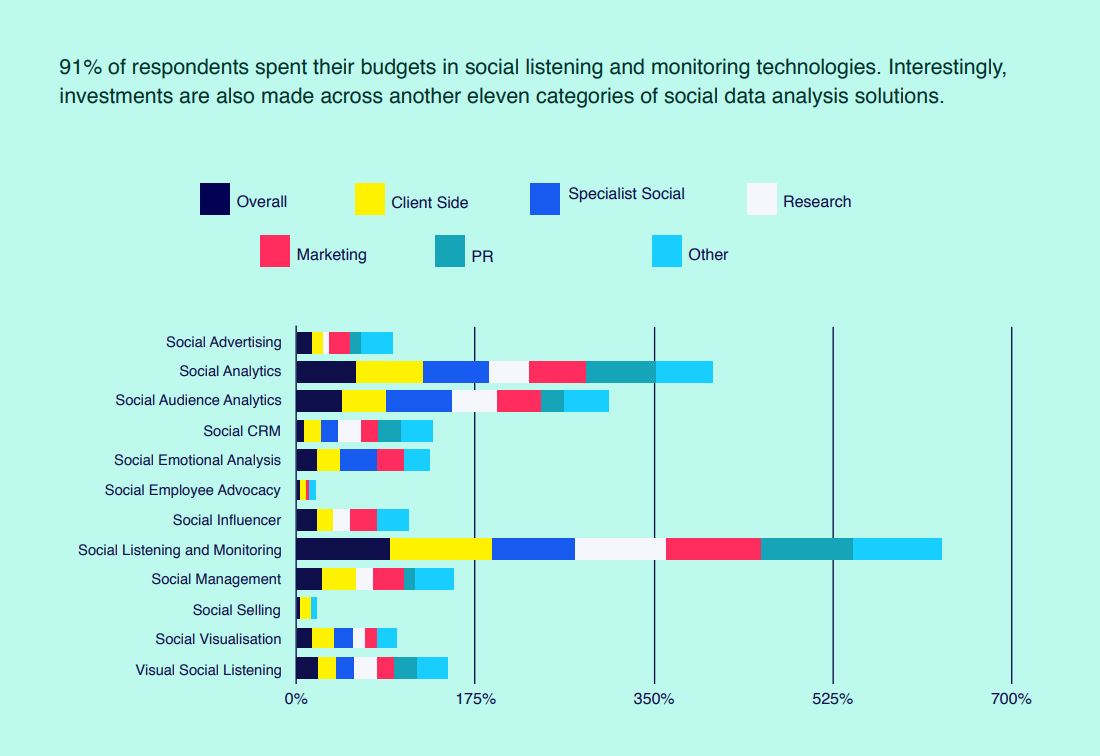 Do you think social media intelligence is important for businesses in 2019? Share your thoughts with us in the comments section below.
Do you think social media intelligence is important for businesses in 2019? Share your thoughts with us in the comments section below.
Wondering what social media data can be used for? We’ve got the answers you seek! Find out some of the Powerful ways your brand can use social listening tools in our article.
*Image courtesy of Vecteezy